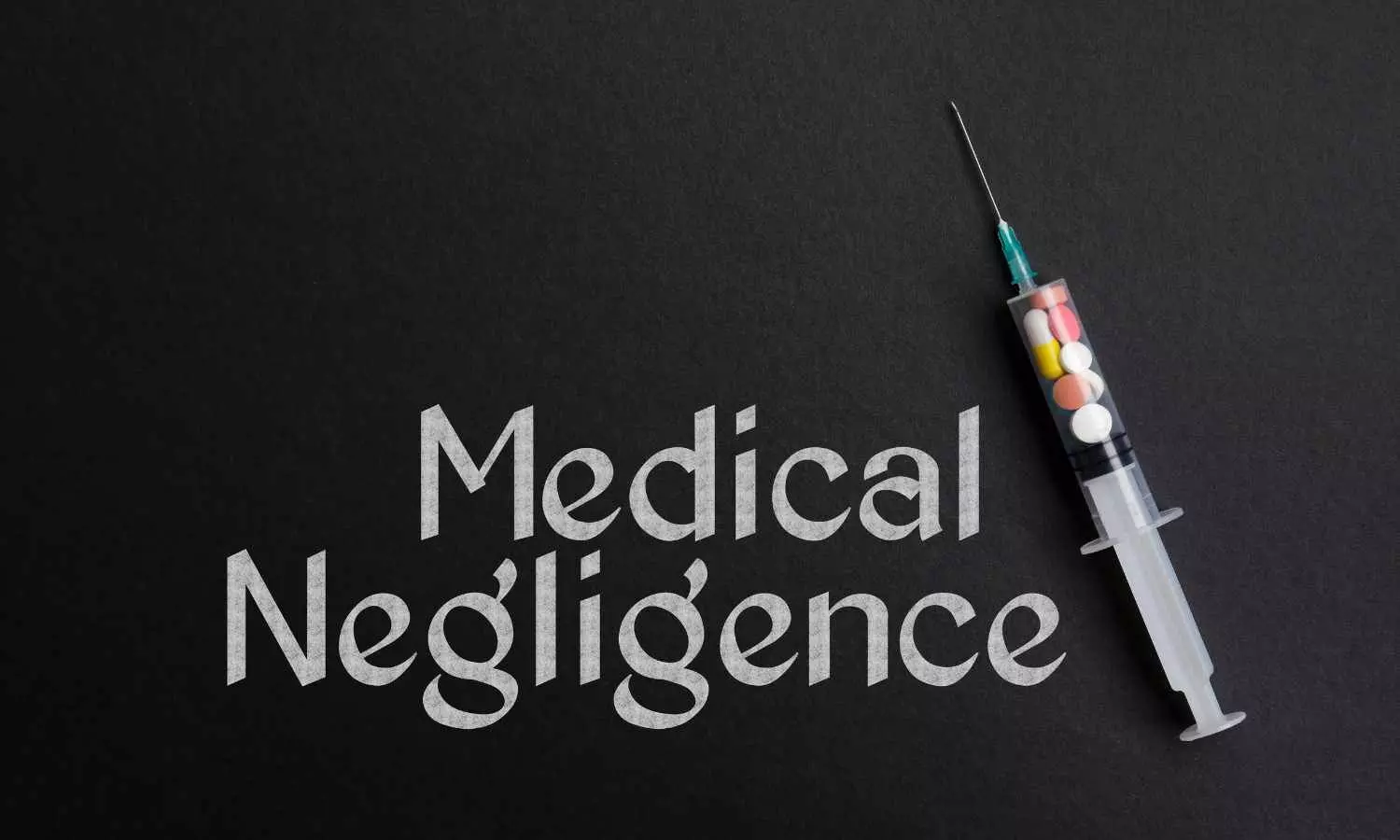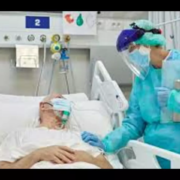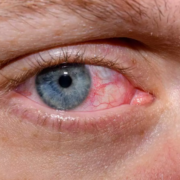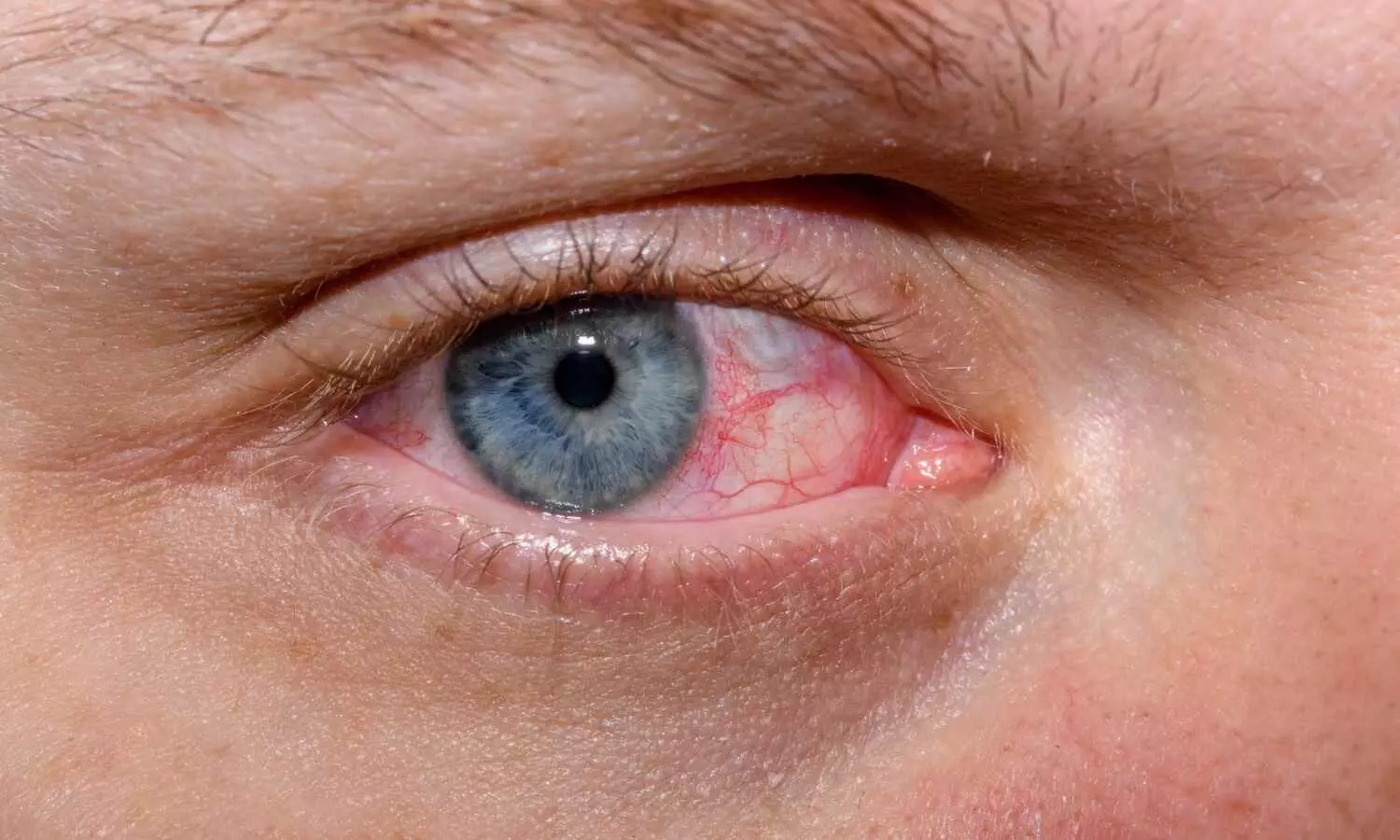
New Delhi: The National Consumer Disputes Redressal Commission (NCDRC) recently upheld the charges of medical negligence against a Karnataka-based hospital, which was told to pay Rs 5 lakh compensation to a patient.
Previously, while considering the matter, the District Commission had held the neurosurgeon negligent and directed him to pay Rs 15 lakh compensation to the patient, whereas the hospital had been slapped with Rs 5 lakh compensation.
While considering the hospital’s appeal against the district and state consumer court verdicts, the Apex Consumer Court opined that the District Commission order was fully justified in holding the hospital negligent. NCDRC observed that the discharge summary was incomplete, and operation notes were not provided despite an RTI appeal.
The history of the case goes back to 2007, when a spinal surgery on the patient was performed at the treating hospital by a neurosurgeon. While performing the surgery, a metallic screw was utilised, and a minute fragment of the said screw seemed to have scraped during the performance of the surgery, which got lodged somewhere around the area of surgery.
Later, the patient discovered that such a metallic object was left behind when he faced some complications. After inquiring into the matter and obtaining some details, he filed a consumer complaint before the Dakshina Kannada District Consumer Disputes Redressal Commission, Mangalore, Karnataka.
The District Commission, through an elaborate order dated 29.10.2010, held the surgeon liable for negligence on a clear finding that the piece of metal that was left behind during the process of surgery was an act of gross negligence. Accordingly, the District Consumer Court allowed the complaint and directed the surgeon to pay Rs 15 lakh with interest @ 9% from the date of the complaint till the date of payment.
Further, the District Commission also held the petitioner hospital liable for not informing the patient/complainant about the said lapse in the procedure. Apart from this, the Commission held that the hospital had issued a discharge summary cryptically without mentioning the aforesaid lapse, which stood admitted in view of the evidence on record and the admissions made by the doctors themselves.
It was also held that the operation notes had not been provided and the complainant had to file applications under the Right to Information Act and it was much later when the complainant went to his work in Dubai, he experienced pain, whereafter he got himself examined and the radiological reports confirmed the lodging of the splinter metal in his body that was deliberately not informed by the hospital. Accordingly, the hospital was also held liable and was directed to pay a sum of Rs 5.00 Lakhs together with interest.
The hospital and the neurosurgeon challenged the District Commission’s order before the Karnataka State Consumer Court, which upheld the District Commission’s order and dismissed the appeals.
Consequently, the treating hospital filed a revision petition before the NCDRC bench. The counsel for the hospital argued that the hospital was a charitable institution and, therefore, was not liable for any deficiency. It was also submitted that the District Commission had already recorded a finding that even the surgical instruments that were utilised by the doctor during the surgery were not supplied by the hospital and belonged to the doctor alone. Therefore, any negligence by the doctor while performing the surgery could not be saddled as a deficiency against the hospital, argued the top consumer court.
Further, the counsel submitted that all documents had been provided to the complainant, and in fact, there was no evidence to draw any inference of deficiency against the hospital.
However, the counsel for the complainant urged that the deficiency regarding non-supply of the documents, providing a deficit discharge summary without mentioning the negligence of the doctors, was a deficiency in service.
After going through the District Commission’s orders, as well as the findings recorded by it, the Commission observed that the information regarding the presence of a metallic object that was left behind during surgery was not mentioned in the discharge summary that was admittedly issued by the petitioner hospital.
At this outset, the Commission observed,
“The discharge summary is cryptic and without any indication of the fact of the presence of the metallic object which stood admitted and was left inside the body of the patient. The hospital had the custody of the operation notes and there can be no two opinion that the said notes did indicate the presence of a cut-piece surgical instrument inside the body. Not only this, the patient had been taken inside the operation theatre for the second time and it was the evidence of the doctor before the District Commission that he had informed the complainant/respondent no.1 (patient) about the presence of the metal inside the body immediately after the operation with an assurance that it will not have any side effect. It is therefore evident that the fact of the presence of the metallic object stood admitted by the surgeon being present in the body of the complainant/respondent no.1 and its mention in the operation notes which were in the custody of the petitioner/hospital. The petitioner hospital has been unable to give any explanation as to why the said fact was omitted from being mentioned in the discharge summary of the hospital.”
Opining that the District Commission’s order was justified, the Apex Consumer Court held,
“In our opinion, the District Commission was fully justified in drawing an adverse inference against the petitioner hospital on that count. The negligence of the petitioner hospital in providing a discharge summary which was clearly incomplete and which withheld a material fact affecting the health of the complainant/respondent no.1 was therefore a gross negligence. Not only this, the operation notes were also provided after an attempt was made under the Right to Information Act. This also, in our opinion, was a deficiency on which the District Commission has rightly arrived at a correct conclusion. The findings of the District Commission have been therefore appropriately confirmed in appeals and these findings of fact do not suffer from any perversity or non-consideration of relevant material.”
With this observation, the NCDRC dismissed the review petition.
To view the order, click on the link below:
https://medicaldialogues.in/pdf_upload/ncdrc-upholds-compensation-301953.pdf
Also Read: Nerve injury due to negligence in spinal anaesthesia: Consumer court slaps Rs 3.2 lakh compensation on hospital, doctors








